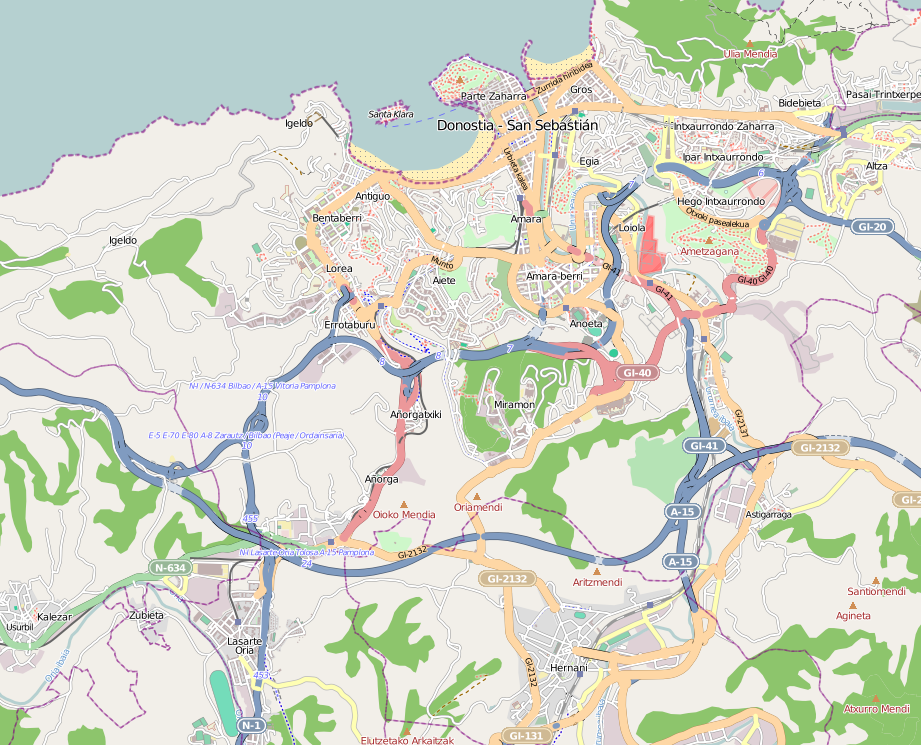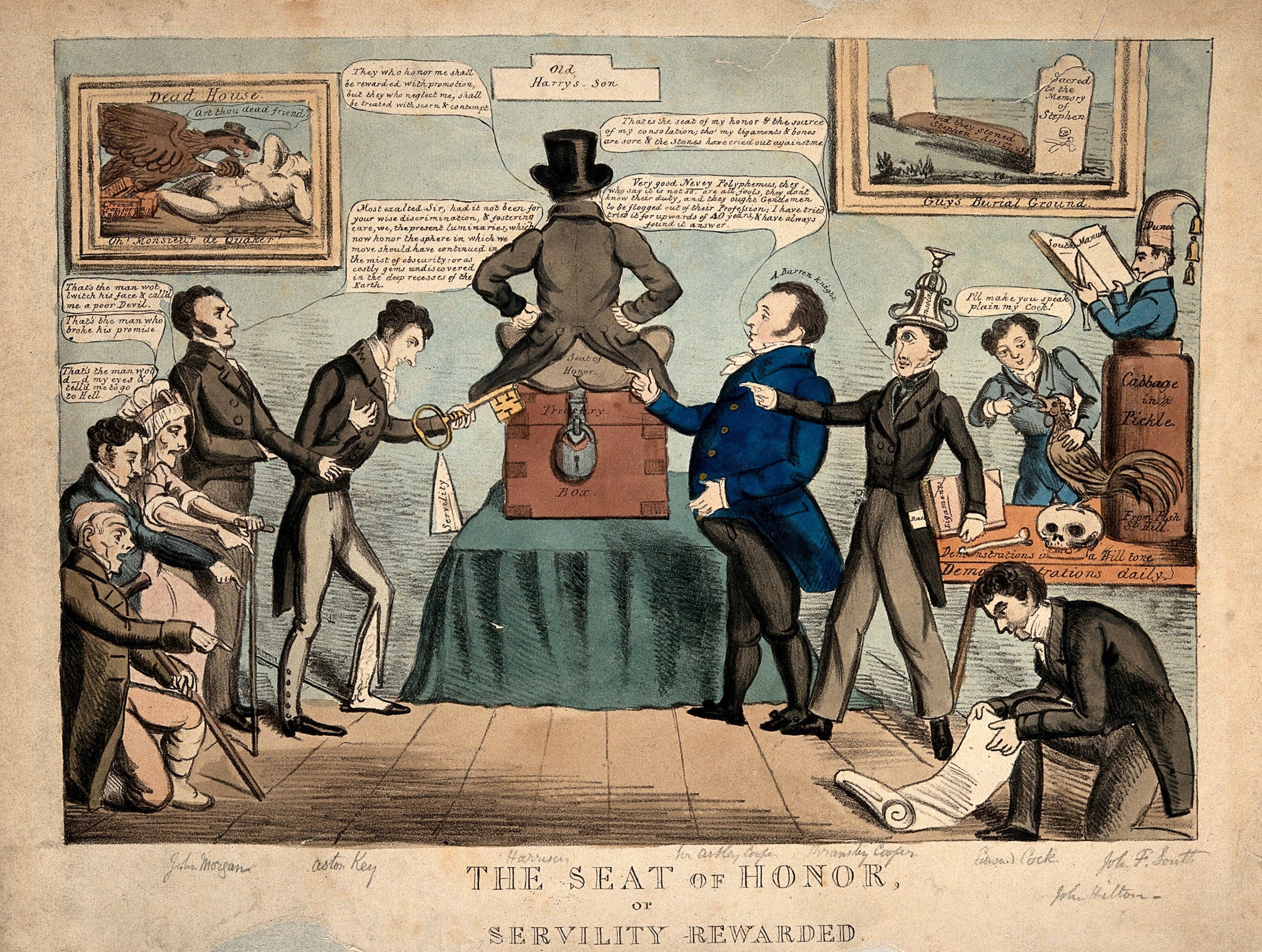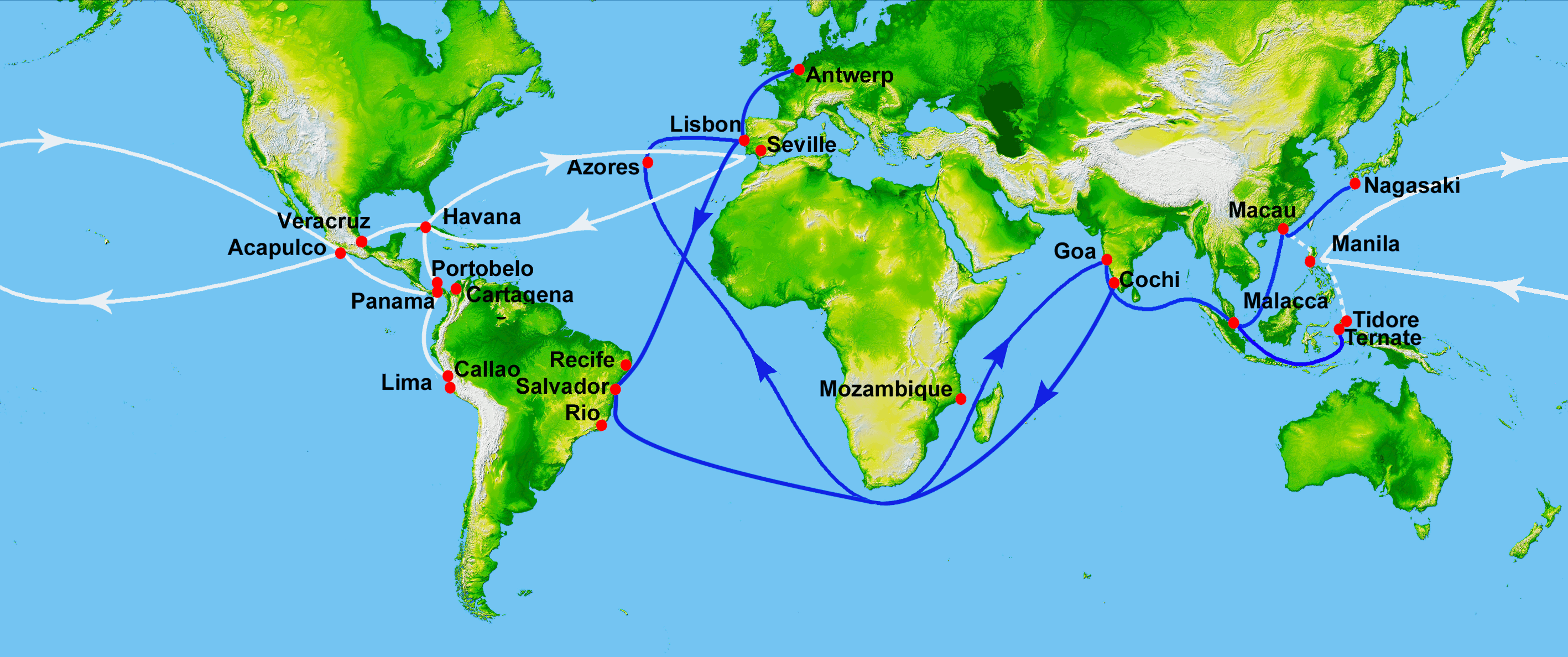|
Antonio De Oquendo
Antonio de Oquendo y Zandategui (October 1577 in San Sebastián, Guipúzcoa – 7 June 1640, in A Coruña) was a Spanish admiral; in 1639 he was in command of the Spanish forces at the Battle of the Downs. Naval career Antonio was the son of Captain-General Miguel de Oquendo, who died in October 1588 when his ship foundered off Pasajes, while coming back from the ill-fated campaign of the Armada Invencible. In 1594 he entered naval service. He commanded a naval squadron made of his flagship, the ''Delfín de Escocia'', and the ''Dobladilla'', two 500 ton galleons. On 7 August 1604 he captured an English privateer at the Battle of the Gulf of Cádiz.Arzamendi Orbegozo, Ignacio (1981). ''El Almirante D. Antonio de Oquendo''. Sociedad Guipuzcoana de Ediciones y Publicaciones, p. 130 At that time he was serving in the fleet of Admiral Luis Fajardo. In 1607 he was appointed commander of the Biscay squadron, which was that year enlarged and renamed the squadron of the Bay of Bisca ... [...More Info...] [...Related Items...] OR: [Wikipedia] [Google] [Baidu] |
San Sebastián
San Sebastian, officially known as Donostia–San Sebastián (names in both local languages: ''Donostia'' () and ''San Sebastián'' ()) is a city and Municipalities of Spain, municipality located in the Basque Country (autonomous community), Basque Autonomous Community, Spain. It lies on the coast of the Bay of Biscay, from the France–Spain border. The capital city of the province of Gipuzkoa, the municipality's population is 188,102 as of 2021, with its metropolitan area reaching 436,500 in 2010. Locals call themselves ''donostiarra'' (singular), both in Spanish and Basque language, Basque. It is also a part of Basque Eurocity Bayonne-San Sebastián. The main economic activities are almost entirely service sector, service-based, with an emphasis on commerce and tourism, as it has long been one of the most famous tourist attraction, tourist destinations in Spain. Despite the city's small size, events such as the San Sebastián International Film Festival and the San Sebastia ... [...More Info...] [...Related Items...] OR: [Wikipedia] [Google] [Baidu] |
Armada Invencible
The Spanish Armada (a.k.a. the Enterprise of England, es, Grande y Felicísima Armada, links=no, lit=Great and Most Fortunate Navy) was a Spanish fleet that sailed from Lisbon in late May 1588, commanded by the Duke of Medina Sidonia, an aristocrat without previous naval experience appointed by Philip II of Spain. His orders were to sail up the English Channel, link up with the Duke of Parma in Flanders, and escort an invasion force that would land in England and overthrow Elizabeth I. Its purpose was to reinstate Catholicism in England, end support for the Dutch Republic, and prevent attacks by English and Dutch privateers against Spanish interests in the Americas. The Spanish were opposed by an English fleet based in Plymouth. Faster and more manoeuvrable than the larger Spanish galleons, they were able to attack the Armada as it sailed up the Channel. Several subordinates advised Medina Sidonia to anchor in The Solent and occupy the Isle of Wight, but he refused to dev ... [...More Info...] [...Related Items...] OR: [Wikipedia] [Google] [Baidu] |
Moors
The term Moor, derived from the ancient Mauri, is an exonym first used by Christian Europeans to designate the Muslim inhabitants of the Maghreb, the Iberian Peninsula, Sicily and Malta during the Middle Ages. Moors are not a distinct or self-defined people. The 1911 ''Encyclopædia Britannica'' observed that the term had "no real ethnological value." Europeans of the Middle Ages and the early modern period variously applied the name to Arabs and North African Berbers, as well as Muslim Europeans. The term has also been used in Europe in a broader, somewhat derogatory sense to refer to Muslims in general,Menocal, María Rosa (2002). ''Ornament of the World: How Muslims, Jews and Christians Created a Culture of Tolerance in Medieval Spain''. Little, Brown, & Co. , p. 241 especially those of Arab or Berber descent, whether living in Spain or North Africa. During the colonial era, the Portuguese introduced the names " Ceylon Moors" and "Indian Moors" in South Asia and Sri ... [...More Info...] [...Related Items...] OR: [Wikipedia] [Google] [Baidu] |
La Mámora
Mehdya ( ar-at, المهدية, al-Mahdiyā), also Mehdia or Mehedya, is a town in Kénitra Province, Rabat-Salé-Kénitra, Morocco. Previously called al-Ma'mura, it was known as São João da Mamora under 16th century Portuguese occupation, or as La Mamora under 17th century Spanish occupation. According to the 2004 census, the town has a population of 16,262. It is located on Sebou River (Oued Sebu). History Mehdya was previously called Al-Ma'mura ("the well-populated") or La Mamora in Europe, and was a harbour on the coast of Morocco. Per an ancient account, a colony was founded at the site in the 5th century BCE by the Carthaginians, who called it Thymiaterium. Portuguese occupation (1515–41) It was captured by the Portuguese in 1515, and renamed ''São João da Mamora''. Altogether, the Portuguese are documented to have seized 6 Moroccan towns, and built 6 stand-alone fortresses on the Moroccan Atlantic coast, between the river Loukos in the north and the river of Sous in ... [...More Info...] [...Related Items...] OR: [Wikipedia] [Google] [Baidu] |
Fadrique Álvarez De Toledo, 1st Marquis Of Villanueva De Valdueza
Fadrique de Toledo or Fadrique Álvarez de Toledo y Mendoza, 1st Marquess of Valdueza (Naples, 30 May 1580 – Madrid, 11 December 1634), was a Spanish noble and admiral. He was a Knight of the Order of Santiago and Captain General of the Spanish Navy at the age of 37. Life He was born in Naples as the son of Pedro de Toledo Osorio, 5th Marquess of Villafranca, then commander in chief of the Spanish Army in the Kingdom of Naples, and Doña Elvira de Mendoza. He served in the Spanish fleet under command of his father and rose quickly through the ranks, as did his elder brother García de Toledo Osorio, 6th Marquess of Villafranca. In 1617, he became Captain General of the Ocean Sea Navy, replacing the late Admiral Luis Fajardo. He gained several victories against the Dutch, in 1621 near Gibraltar and in 1623 in the English Channel, blockading the Dutch coast. In the same year he defeated a Moorish incursion near Gibraltar. In 1625 he was appointed General of Portugal (then in ... [...More Info...] [...Related Items...] OR: [Wikipedia] [Google] [Baidu] |
Ducat
The ducat () coin was used as a trade coin in Europe from the later Middle Ages from the 13th to 19th centuries. Its most familiar version, the gold ducat or sequin containing around of 98.6% fine gold, originated in Venice in 1284 and gained wide international acceptance over the centuries. Similarly named silver ducatons also existed. The gold ducat circulated along with the Florentine florin and preceded the modern British pound sterling and the United States dollar. Predecessors The word ''ducat'' is from Medieval Latin ''ducalis'' = "relating to a duke (or dukedom)", and initially meant "duke's coin" or a "duchy's coin". The first issue of scyphate billon coins modelled on Byzantine ''trachea'' was made by King Roger II of Sicily as part of the Assizes of Ariano (1140). It was to be a valid issue for the whole kingdom. The first issue bears the figure of Christ and the Latin inscription ''Sit tibi, Christe, datus, quem tu regis iste ducatus'' (meaning "O Christ, let thi ... [...More Info...] [...Related Items...] OR: [Wikipedia] [Google] [Baidu] |
Nepotism
Nepotism is an advantage, privilege, or position that is granted to relatives and friends in an occupation or field. These fields may include but are not limited to, business, politics, academia, entertainment, sports, fitness, religion, and other activities. The term originated with the assignment of nephews to important positions by Catholic popes and bishops. Nepotism has been criticized since the ancient times by several philosophers, including Aristotle, Valluvar, and Confucius, condemning it as both evil and unwise. Origins The term comes from Italian word ''nepotismo'',"Nepotism." Dictionary.com. Retrieved 20 June 2013. which is based on Latin root ''nepos'' meaning nephew. Since the an ... [...More Info...] [...Related Items...] OR: [Wikipedia] [Google] [Baidu] |
Andes
The Andes, Andes Mountains or Andean Mountains (; ) are the longest continental mountain range in the world, forming a continuous highland along the western edge of South America. The range is long, wide (widest between 18°S – 20°S latitude), and has an average height of about . The Andes extend from north to south through seven South American countries: Venezuela, Colombia, Ecuador, Peru, Bolivia, Chile, and Argentina. Along their length, the Andes are split into several ranges, separated by intermediate depressions. The Andes are the location of several high plateaus—some of which host major cities such as Quito, Bogotá, Cali, Arequipa, Medellín, Bucaramanga, Sucre, Mérida, El Alto and La Paz. The Altiplano plateau is the world's second-highest after the Tibetan plateau. These ranges are in turn grouped into three major divisions based on climate: the Tropical Andes, the Dry Andes, and the Wet Andes. The Andes Mountains are the highest m ... [...More Info...] [...Related Items...] OR: [Wikipedia] [Google] [Baidu] |
Spanish Treasure Fleet
The Spanish treasure fleet, or West Indies Fleet ( es, Flota de Indias, also called silver fleet or plate fleet; from the es, label=Spanish, plata meaning "silver"), was a convoy system of sea routes organized by the Spanish Empire from 1566 to 1790, which linked Spain with its territories in the Americas across the Atlantic. The convoys were general purpose cargo fleets used for transporting a wide variety of items, including agricultural goods, lumber, various metal resources such as silver and gold, gems, pearls, spices, sugar, tobacco, silk, and other exotic goods from the overseas territories of the Spanish Empire to the Spanish mainland. Spanish goods such as oil, wine, textiles, books and tools were transported in the opposite direction. The West Indies fleet was the first permanent transatlantic trade route in history. Similarly, the related Manila galleon trade was the first permanent trade route across the Pacific. The Spanish West and East Indies fleets are considered ... [...More Info...] [...Related Items...] OR: [Wikipedia] [Google] [Baidu] |
Juan Fajardo De Tenza, 1st Marquess Of Espinardo
''Juan'' is a given name, the Spanish and Manx versions of ''John''. It is very common in Spain and in other Spanish-speaking communities around the world and in the Philippines, and also (pronounced differently) in the Isle of Man. In Spanish, the diminutive form (equivalent to ''Johnny'') is , with feminine form (comparable to ''Jane'', ''Joan'', or ''Joanna'') , and feminine diminutive (equivalent to ''Janet'', ''Janey'', ''Joanie'', etc.). Chinese terms * ( or 娟, 隽) 'beautiful, graceful' is a common given name for Chinese women. * () The Chinese character 卷, which in Mandarin is almost homophonic with the characters for the female name, is a division of a traditional Chinese manuscript or book and can be translated as 'fascicle', 'scroll', 'chapter', or 'volume'. Notable people * Juan (footballer, born 1979), Brazilian footballer * Juan (footballer, born 1982), Brazilian footballer * Juan (footballer, born March 2002), Brazilian footballer * Juan (footballer ... [...More Info...] [...Related Items...] OR: [Wikipedia] [Google] [Baidu] |
Viceroyalty Of New Spain
New Spain, officially the Viceroyalty of New Spain ( es, Virreinato de Nueva España, ), or Kingdom of New Spain, was an integral territorial entity of the Spanish Empire, established by Habsburg Spain during the Spanish colonization of the Americas and having its capital in Mexico City. Its jurisdiction comprised a huge area that included what is now Mexico, the Western and Southwestern United States (from California to Louisiana and parts of Wyoming, but also Florida) in North America; Central America, the Caribbean, very northern parts of South America, and several territorial Pacific Ocean archipelagos. After the 1521 Spanish conquest of the Aztec empire, conqueror Hernán Cortés named the territory New Spain, and established the new capital, Mexico City, on the site of the Tenochtitlan, the capital of the Mexica (Aztec) Empire. Central Mexico became the base of expeditions of exploration and conquest, expanding the territory claimed by the Spanish Empire. With the politica ... [...More Info...] [...Related Items...] OR: [Wikipedia] [Google] [Baidu] |
Bay Of Biscay
The Bay of Biscay (), known in Spain as the Gulf of Biscay ( es, Golfo de Vizcaya, eu, Bizkaiko Golkoa), and in France and some border regions as the Gulf of Gascony (french: Golfe de Gascogne, oc, Golf de Gasconha, br, Pleg-mor Gwaskogn), is a gulf of the northeast Atlantic Ocean located south of the Celtic Sea. It lies along the western coast of France from Point Penmarc'h to the Spanish border, and the northern coast of Spain west to Cape Ortegal. The south area of the Bay of Biscay that washes over the northern coast of Spain is known locally as the Cantabrian Sea. The average depth is and the greatest depth is . Name The Bay of Biscay is named (for English speakers) after Biscay on the northern Spanish coast, probably standing for the western Basque districts (''Biscay'' up to the early 19th century). Its name in other languages is: * ast, Mar Cantábricu * eu, Bizkaiko golkoa * br, pleg-mor Gwaskogn * french: golfe de Gascogne (named after Gascony, France) * gl, ... [...More Info...] [...Related Items...] OR: [Wikipedia] [Google] [Baidu] |







.jpg)
